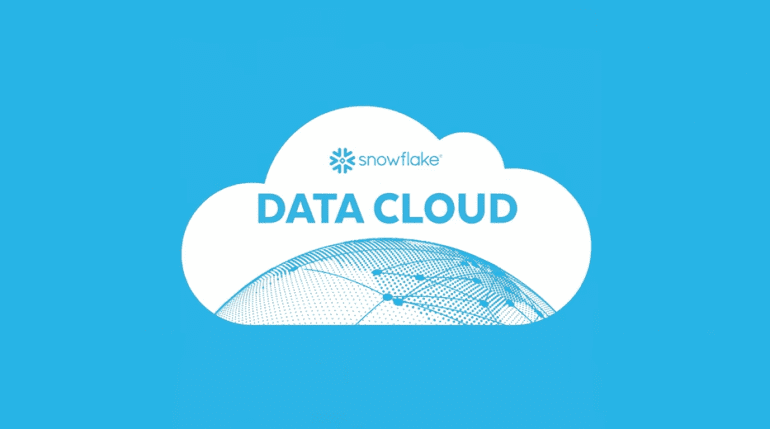- Snowflake Inc. launches Cortex Analyst in public preview for natural language-driven data analysis.
- Cortex Analyst allows business users to perform analyses without relying on data science teams.
- The tool converts natural language prompts into SQL queries via large language models (LLMs).
- Available through Streamlit in Snowflake and via API for software integration.
- LLMs from Mistral AI SAS and Meta Platforms Inc. power Cortex Analyst, with an option to use OpenAI models on Microsoft Azure.
- The tool includes error correction and synthesis processes to ensure accurate SQL code generation.
- Simple data schemas are used to reduce confusion and improve accuracy.
- Cortex Analyst rejects overly complex queries, offering simpler alternatives instead.
- Upcoming enhancements will include multi-turn chat and more advanced data processing capabilities.
Main AI News:
Snowflake Inc. has introduced Cortex Analyst in a public preview, a new tool designed to simplify data analysis on its cloud platform by leveraging natural language prompts. Traditionally, business users have depended on dashboards for data insights, and any deviation or specialized analysis required the intervention of a data science team. Depending on the task’s complexity, this process could take several days.
Cortex Analyst seeks to bypass these delays by enabling users to perform their analyses directly. Instead of relying on data scientists to create or modify dashboards, business users can now give instructions through natural language, which Cortex Analyst automatically translates into SQL queries executed on Snowflake’s platform.
The tool is accessible via multiple channels, including Streamlit in Snowflake, which offers a no-code interface for running queries. Additionally, developers can integrate Cortex Analyst into their applications using an API.
At its core, Cortex Analyst is powered by large language models (LLMs) from Mistral AI SAS and Meta Platforms Inc., notably the Llama series. There is also an option to use OpenAI models hosted on Microsoft Azure. The process starts with the LLMs generating SQL code based on user prompts, then refined through a meticulous multi-step process.
Initially, the LLMs produce SQL code to execute the user’s request. This code is then examined by Cortex Analyst’s Error Correction Agent, a module designed to detect and correct errors, such as incorrect SQL syntax. After the errors are resolved, the code is passed through the Synthesizer Agent, which merges it into a final, executable query.
Historically, LLMs have faced challenges in generating accurate SQL code. According to Forrester Research Inc., cited by Snowflake, AI-generated SQL queries have an accuracy rate ranging from 20% to 70%, depending on the complexity of the task. Cortex Analyst addresses these challenges by employing simple schemas that define the data structure, thereby minimizing potential confusion for the LLMs.
To further enhance reliability, Cortex Analyst is programmed to avoid processing queries that may be too complex for the LLMs to handle effectively. Instead of risking inaccurate results, the tool suggests alternative, more manageable queries that it can execute confidently, as Snowflake’s engineers noted in a recent blog post.
Snowflake plans to build on Cortex Analyst’s capabilities with several feature enhancements in the upcoming quarter. These updates will include support for multi-turn chat interactions and the ability to handle more complex data processing tasks, further broadening the tool’s appeal and functionality for business users.
Conclusion:
Snowflake’s introduction of Cortex Analyst marks a significant advancement in making data analysis more accessible to non-technical business users. By integrating natural language processing with data analysis, Snowflake is positioning itself as a leader in simplifying complex data tasks, which could lead to broader adoption of its platform across various industries. This move enhances the user experience and could reduce dependency on specialized data teams, thereby accelerating decision-making processes within organizations. As other cloud and data service providers take note, we may see increased competition in the market, driving further innovation in AI-powered analytics tools.

